The Young Victoria Collection
A collection of London shield sovereigns
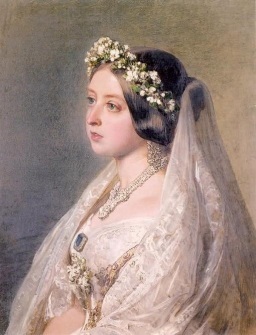 Shield sovereigns are gold sovereigns bearing the bust of the young Queen Victoria designed by William Wyon on the obverse and a crowned royal shield on the reverse. They were primarily minted in London from her coronation in 1838 until 1874, with the exception of the years 1840 and 1867.
Shield sovereigns are gold sovereigns bearing the bust of the young Queen Victoria designed by William Wyon on the obverse and a crowned royal shield on the reverse. They were primarily minted in London from her coronation in 1838 until 1874, with the exception of the years 1840 and 1867.
Sovereigns bearing the shield reverse design continued to be minted in Australia for a number of years afterwards, but after 1874 all sovereigns minted in London reverted to a reverse design created by Benedetto Pistrucci in 1816 that features St. George slaying the Dragon. The young head obverse design continued on all Victoria sovereigns until 1887, when it was replaced by the Jubilee head obverse, designed by Joseph Edgar Boehm. (Both obverse designs were produced during that year.)
Each sovereign is 22.05 mm in diameter and 1.52 mm thick, weighs 7.9881 grams (ideally), and has a purity of 0.917 percent (22 carats), yielding a net pure gold content of 7.3224 grams (0.2354 troy ounces).
The objective of this collection was to obtain a sovereign from each circulation year of issue from the London mint in extremely fine or better condition. An example of every year has been acquired, so the objective has long since been met. There are varieties in many years due to mint errors that are not represented. All examples are in Extremely Fine or better condition and over half (24) are in Mint State condition. The 1859 “Ansell” Sovereign is the finest example of this extremely rare coin known to exist.
The coin images were created from photos by the author, with exceptions as noted. Reference numbers are from Spink. Estimates of rarity are from Marsh. Estimates of condition are from NGC, PCGS, or the author as noted.
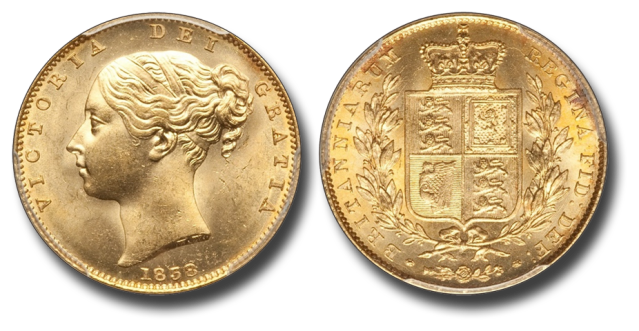 1838 (S.3852), rare, MS 65 (PCGS)
1838 (S.3852), rare, MS 65 (PCGS)
Not shown: AU 53 (NGC)
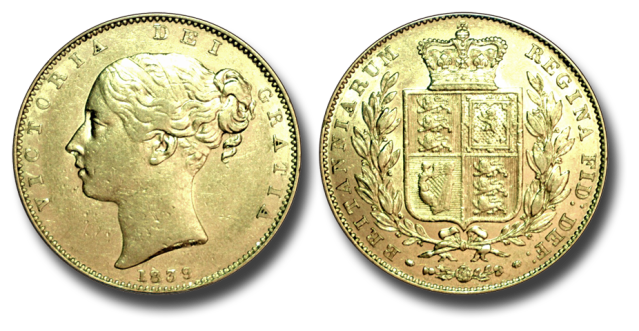 1839 (S.3852), very rare (R2), AU 50 (NGC)
1839 (S.3852), very rare (R2), AU 50 (NGC)
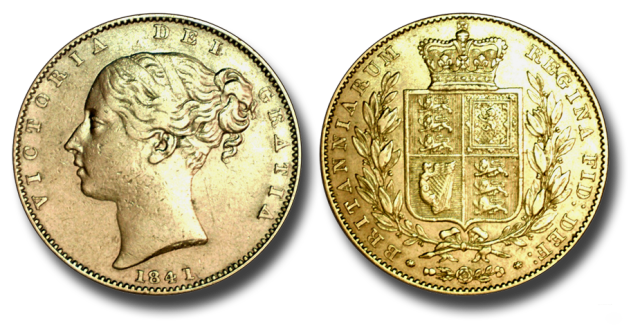 1841 (S.3852), ‘GRɅTIɅ’, extremely rare (R3), XF Details (NGC)
1841 (S.3852), ‘GRɅTIɅ’, extremely rare (R3), XF Details (NGC)
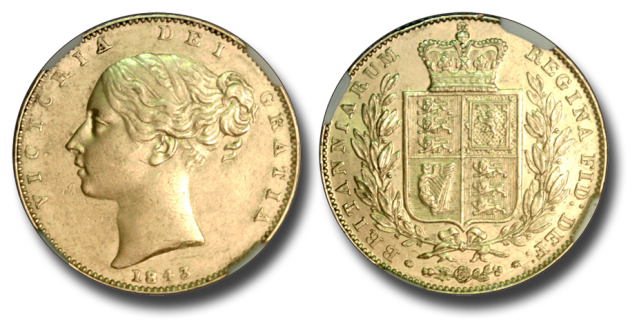 1843 (S.3852), AU 58 (NGC)
1843 (S.3852), AU 58 (NGC)
Not shown: AU 45 (NGC)
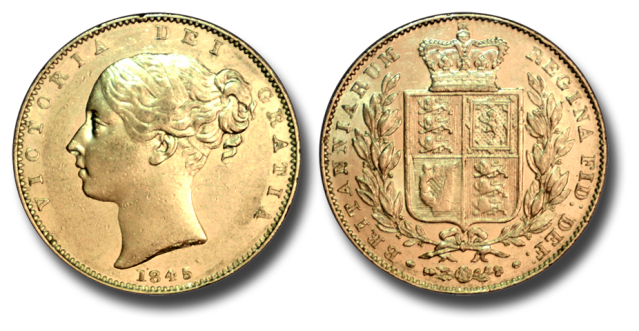 1845 (S.3852), scarce, AU 58 (NGC)
1845 (S.3852), scarce, AU 58 (NGC)
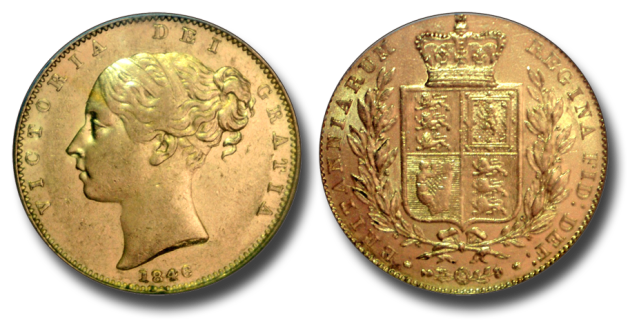 1846 (S.3852), scarce, AU 55 (NGC), from the RMS Douro Treasure
1846 (S.3852), scarce, AU 55 (NGC), from the RMS Douro Treasure
 1848 (S.3852C), scarce, MS 63 (PCGS)
1848 (S.3852C), scarce, MS 63 (PCGS)
Not shown: AU 55 (NGC)
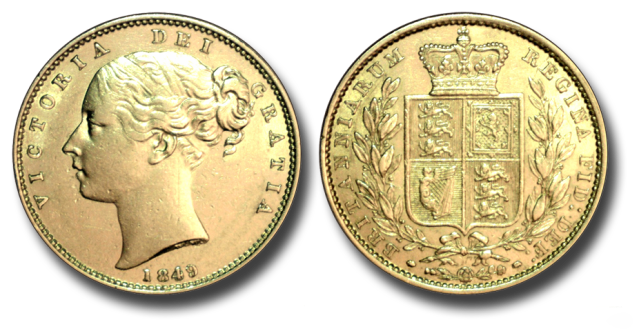 1849 (S.3852C), rare, AU 55 (NGC)
1849 (S.3852C), rare, AU 55 (NGC)
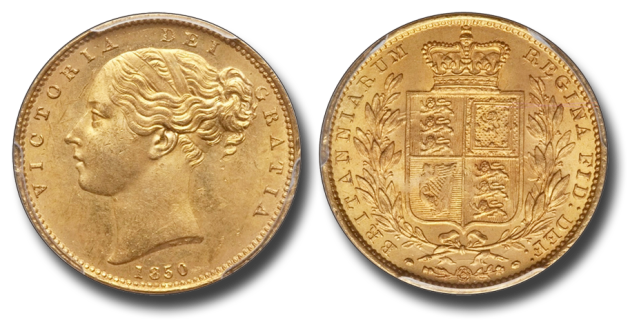 1850 (S.3852C), rare, MS 64+ (PCGS)
1850 (S.3852C), rare, MS 64+ (PCGS)
Not shown: AU 58 (NGC)
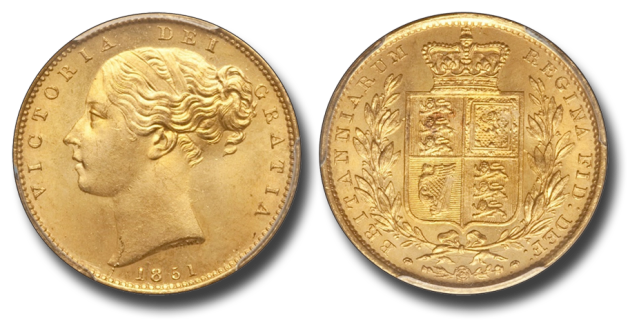 1851 (S.3852C), MS 66 (PCGS; 1 of 6 in Top-Pop)
1851 (S.3852C), MS 66 (PCGS; 1 of 6 in Top-Pop)
Not shown: AU 55 (NGC)
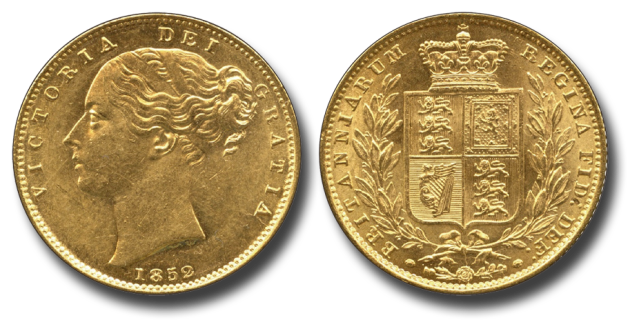 1852 (S.3852C), 5 over lower 5, MS 63 (NGC)
1852 (S.3852C), 5 over lower 5, MS 63 (NGC)
Not shown: one AU 55 (NGC), two AU Details (NGC)
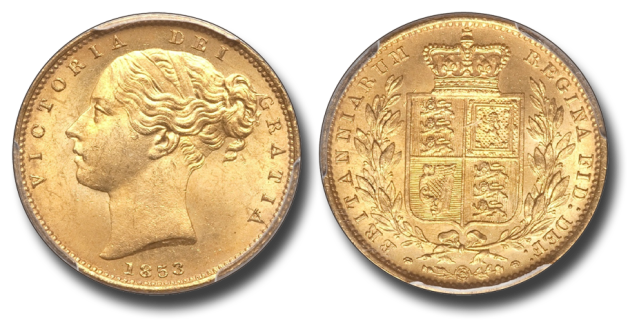 1853 (S.3852C), MS 65 (PCGS)
1853 (S.3852C), MS 65 (PCGS)
Not shown: AU 58 (NGC)
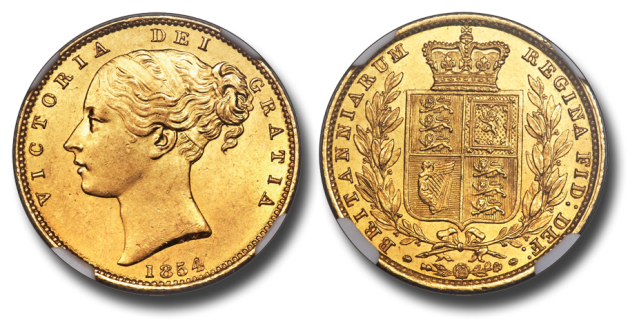 1854 (S.3852D), MS 64 (NGC Top-Pop)
1854 (S.3852D), MS 64 (NGC Top-Pop)
Not shown: AU 58 (NGC)
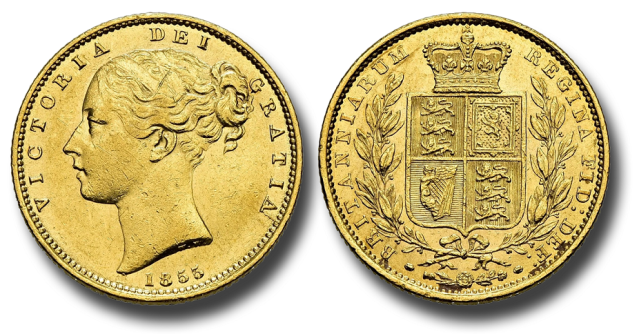 1855 (S.3852C), AU 58 (NGC)
1855 (S.3852C), AU 58 (NGC)
Not shown: Obverse scratch, else Extremely Fine (author’s estimate)
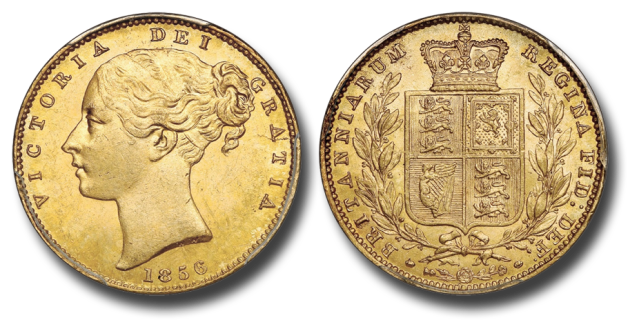 1856 (S.3852D), rare, MS 64 (PCGS)
1856 (S.3852D), rare, MS 64 (PCGS)
Not shown: AU 53 (NGC), from the RMS Douro Treasure
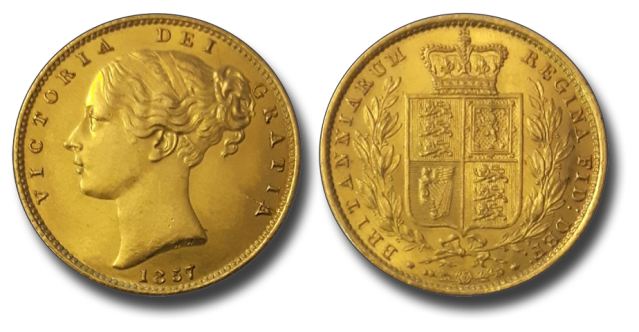 1857 (S.3852D), rare, MS 61 (NGC)
1857 (S.3852D), rare, MS 61 (NGC)
Not shown: one AU 50, one AU Details (both NGC)
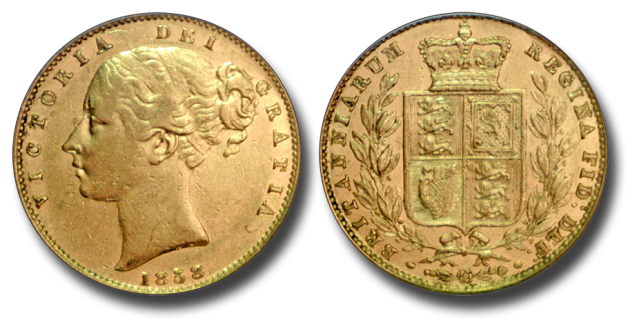 1858 (S.3852D), rare, AU 50 (NGC), from the RMS Douro Treasure
1858 (S.3852D), rare, AU 50 (NGC), from the RMS Douro Treasure
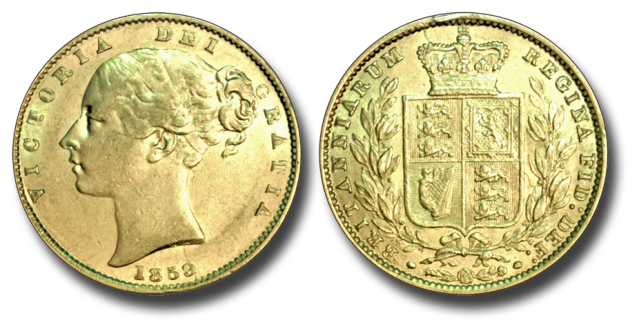 1859 (S.3852D), rare, AU 53 (NGC)
1859 (S.3852D), rare, AU 53 (NGC)
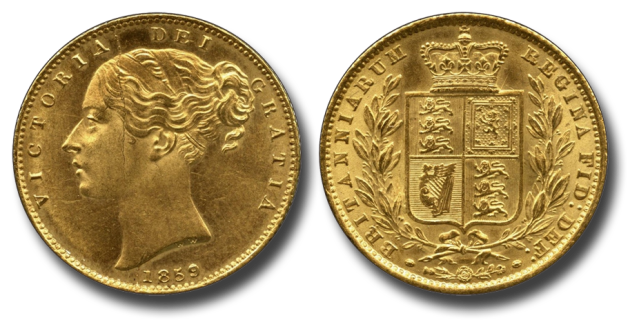 1859 “Ansell” (S.3852E), extremely rare, MS 64 (the finest known and NGC Top-Pop)
1859 “Ansell” (S.3852E), extremely rare, MS 64 (the finest known and NGC Top-Pop)
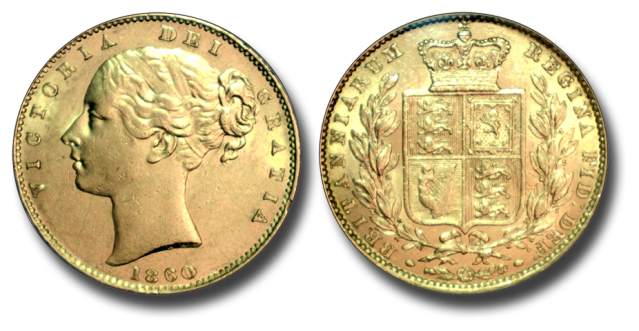 1860 (S.3852D), scarce, AU 58 (NGC)
1860 (S.3852D), scarce, AU 58 (NGC)
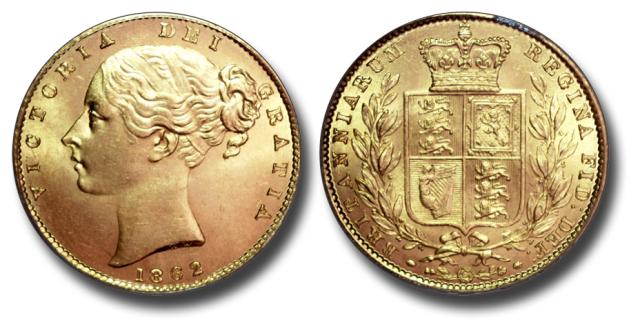 1862 (S.3852D), MS 65 (PCGS)
1862 (S.3852D), MS 65 (PCGS)
Not shown: AU 55 (NGC)
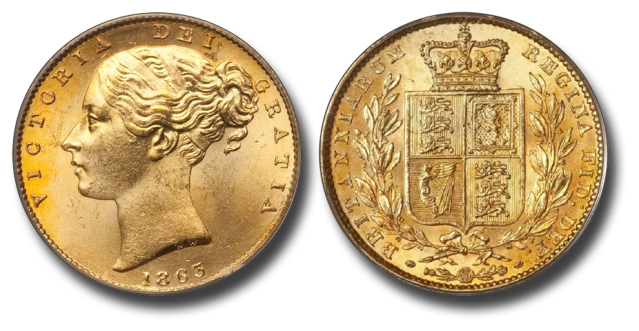 1863 (S.3852D), MS 64 (PCGS)
1863 (S.3852D), MS 64 (PCGS)
Not shown: AU 58 (NGC)
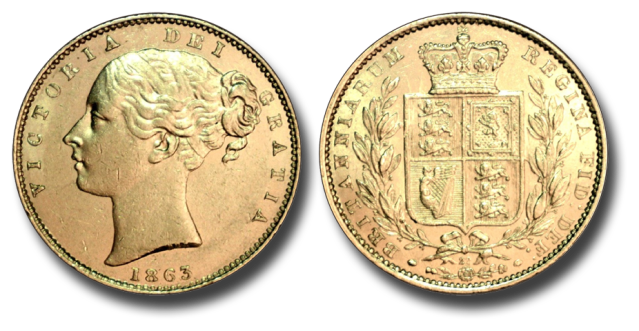 1863 (S.3853A), die 22, 827 on truncation, 9 to 14 examples known (R5), AU 58 (NGC)
1863 (S.3853A), die 22, 827 on truncation, 9 to 14 examples known (R5), AU 58 (NGC)
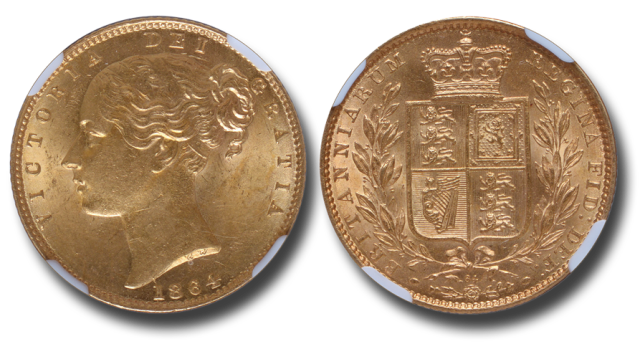 1864 (S.3853), die 64, MS 64 (NGC)
1864 (S.3853), die 64, MS 64 (NGC)
Not shown: die 53, AU 58 (NGC)
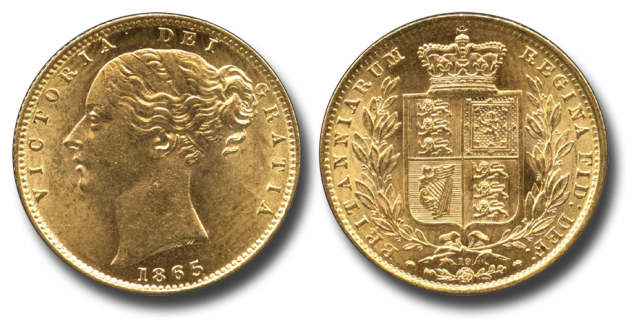 1865 (S.3853), die 19, scarce, MS 63 (NGC)
1865 (S.3853), die 19, scarce, MS 63 (NGC)
Not shown: die 12, AU Details (NGC)
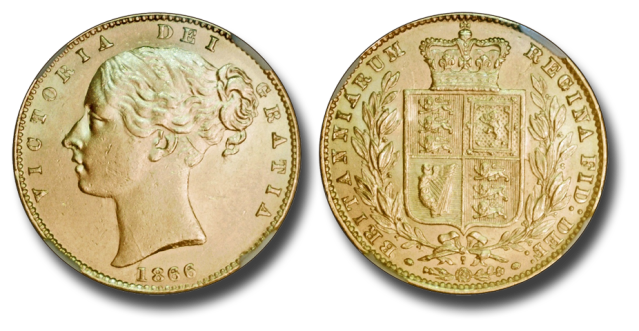 1866 (S.3853), die 7, scarce, MS 63 (NGC)
1866 (S.3853), die 7, scarce, MS 63 (NGC)
Not shown: die 38, AU 58 (NGC)
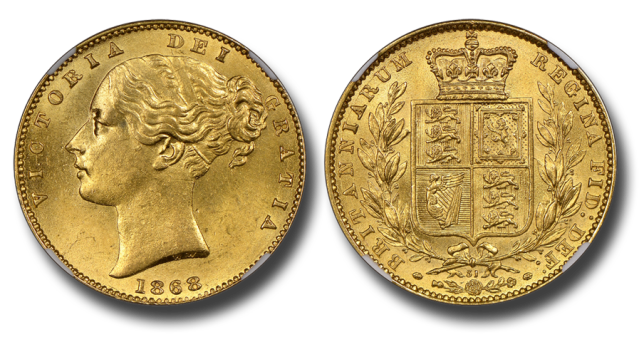 1868 (S.3853), die 31, MS 63 (NGC)
1868 (S.3853), die 31, MS 63 (NGC)
Not shown: die 2, AU 58 (NGC)
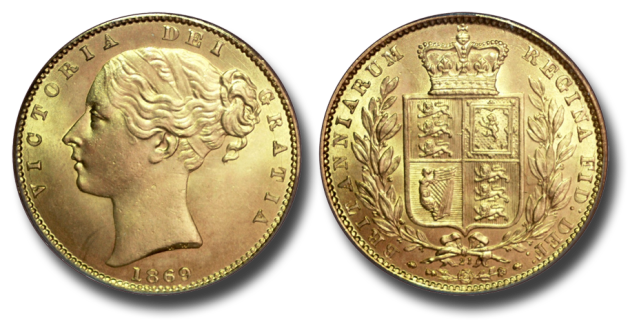 1869 (S.3853), die 21, MS 65 (PCGS; 1 of 3 in Top-Pop)
1869 (S.3853), die 21, MS 65 (PCGS; 1 of 3 in Top-Pop)
Not shown: die 19, AU 55; die 33, AU 45 (both NGC)
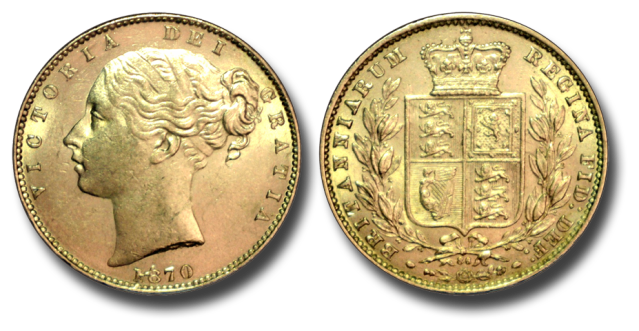 1870 (S.3853B), die 86, MS 62 (NGC)
1870 (S.3853B), die 86, MS 62 (NGC)
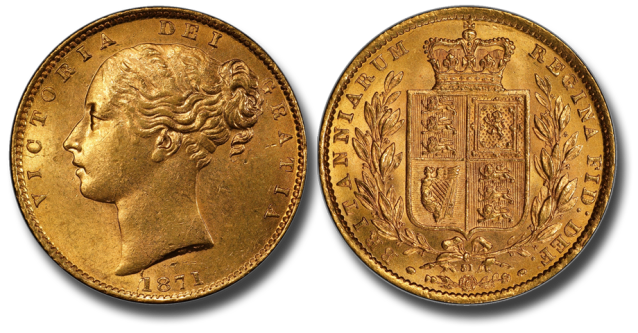 1871 (S.3853B), die 31 MS 64 (PCGS)
1871 (S.3853B), die 31 MS 64 (PCGS)
Not shown: die 9 AU 58 (NGC); die 66, AU 58 (NGC)
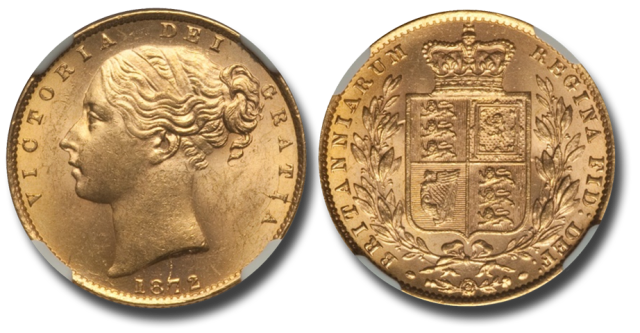 1872 (S.3852C), MS 64 (NGC Top-Pop)
1872 (S.3852C), MS 64 (NGC Top-Pop)
Not shown: AU 58 (NGC)
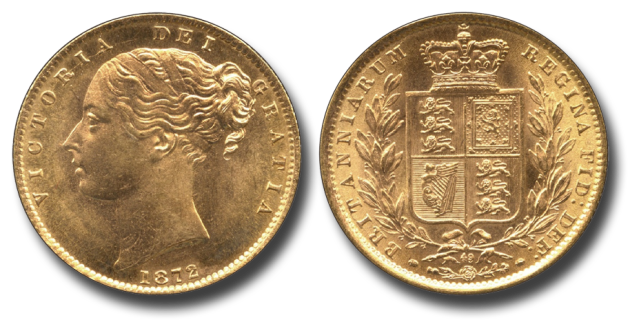 1872 (S.3853B), die 49, MS 64 (NGC)
1872 (S.3853B), die 49, MS 64 (NGC)
Not shown: die 93, AU 58 (NGC); die 100, MS 64 (NGC)
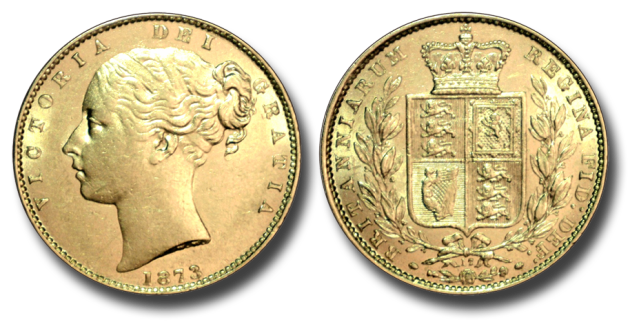 1873 (S.3853B), die 17, AU 58 (NGC)
1873 (S.3853B), die 17, AU 58 (NGC)
Not shown: die 2, AU 58 (NGC)
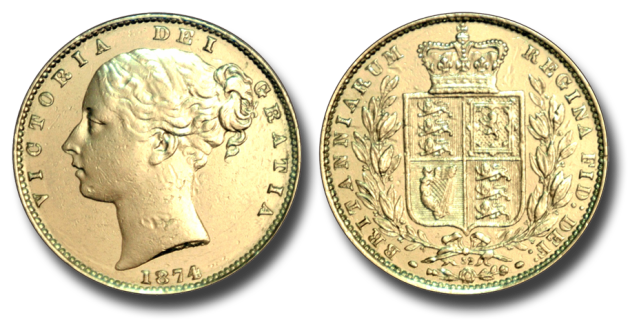 1874 (S.3853B), die 32, extremely rare (R4), AU Details (NGC)
1874 (S.3853B), die 32, extremely rare (R4), AU Details (NGC)
Notes
Two factors make this an interesting collection to pursue: the beautiful design of the sovereigns themselves, which have been in existence for over 500 years; and the ruler, realm and period in which they were minted — Great Britain during the Second Industrial Revolution
The sovereigns
- First created in 1489 during the reign of Henry VII to bring a pound, previously only a unit of accounting, into physical existence
- Temporarily eclipsed by laurels, unites and guineas until sovereign mintage resumed in 1817
- Size, weight, and fineness have continued to this day, making sovereigns probably the most recognized coin in the world; later years are often used as bullion coins today
- The well-known and uniform dimensions and weight make sovereigns relatively difficult to counterfeit
Young Victoria and her time
- The early Victorian period was something of a romantic renaissance — a young queen ascending the throne and marrying a storybook prince after years of reigning Georges and drunken uncles
- A time of social unrest, but also of innovations, discoveries, and political reforms
◊ Steamships, railroads, the internal combustion engine, and electricity
◊ Victoria Falls (1855), Darwin, Freud, the Great Exhibition, the Suez Canal
◊ Reform Act, Repeal of “Corn Laws,” slavery abolished, European revolutions of 1848
In Closing
“Sovereigns from the shield series … are, I feel, the most attractive of Victoria’s reign; they will present the collector with a great deal of difficulty especially if he wants to acquire them in top condition; even many coins rated as common or normal will still fall into this category. There are two important factors that contribute greatly to the difficulty I have mentioned, and one is that during Victoria’s reign the sovereign was used very much for trading purposes, and being made of such soft gold, it took only a short period of time for wear to become very evident. The other big factor was the very large recoinage that took place between 1842 and 1845 when more than £14,000,000 of light gold was withdrawn; this was estimated to be one third of the total gold in circulation. Something like £500,000 more per year of below legal limit gold continued to be taken out of circulation after 1845.”
– Michael A. Marsh, The Gold Sovereign, Cambridge, 2002.
Images are copyright the author except as noted. Portrait of Queen Victoria is from “Queen Victoria – Her Life in Dress” Exhibition, Kensington Palace. Source: http ://lamodeillustree.livejournal.com/324438.html. No relationship to the movie “The Young Victoria” is implied or intended. 1838, 1850, 1851, 1853, 1854, 1861, 1863, 1871, and 1872 (NDN) images are adapted from Heritage Auction photos. 1852, 1859 “Ansell,” 1865, and 1872 (die 49) images are adapted from AH Baldwin photos. The 1856 image is adapted from a Jon Blyth Coins photo, and the 1868 image is adapted from an NGC photo. The 1864 image is adapted from a Baldwin’s of St James’ photo.
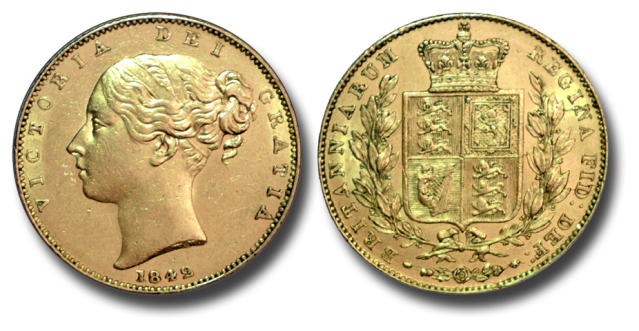
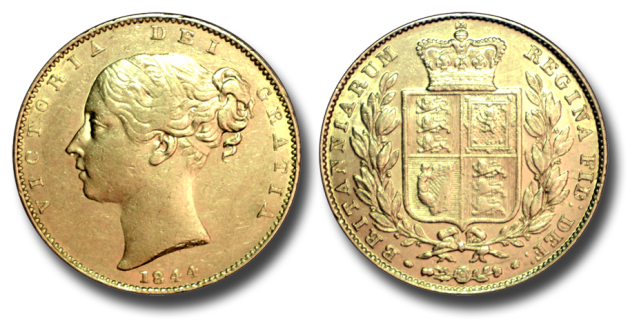
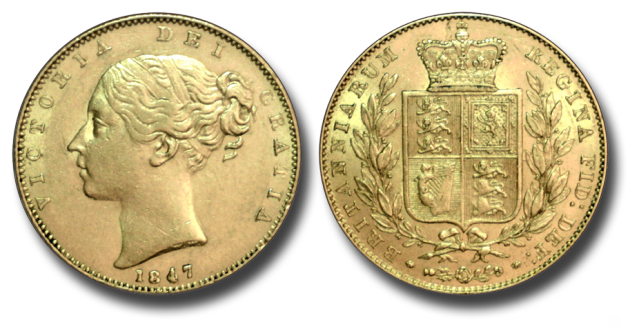
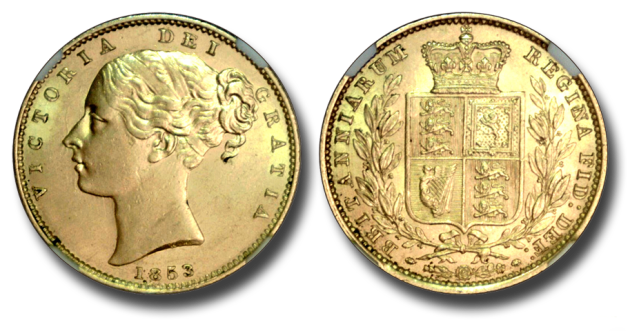
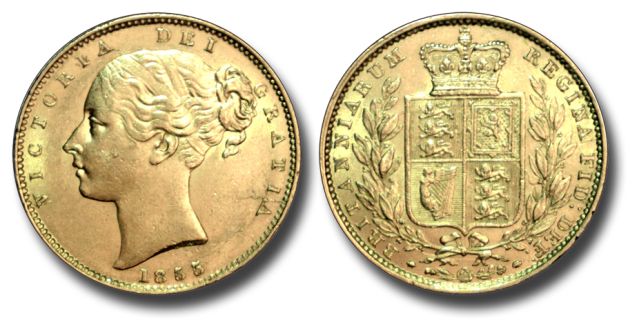
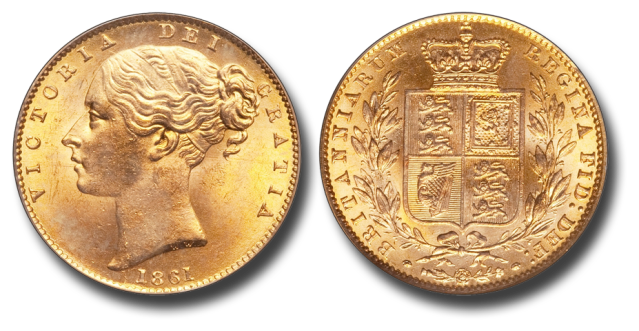
Pingback: The Young Victoria Collection – Best in Category for 2023 | Life with John